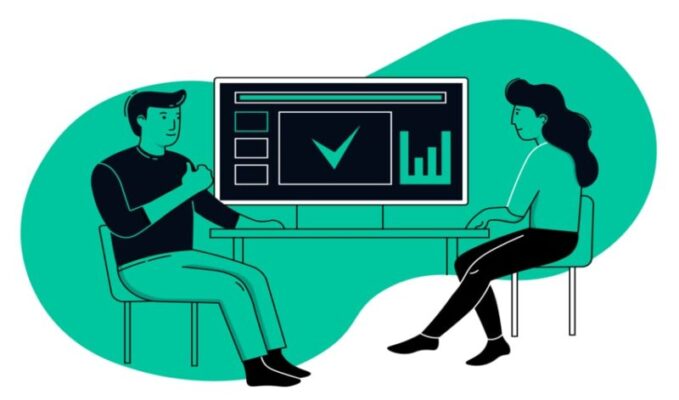
Role of A Modern QA Engineer
Last updated on June 23rd, 2022 at 04:28 am
Quality Assurance (QA) does not just refer to manual testing that involves clicking through an app’s features and look for any sort of bugs. QA is a technical position and QA experts are expected to have extensive knowledge of programming and the use of special software testing tools to test applications. QA keeps evolving, similarly, firms also need to include an independent software testing company to deploy the right persons for the job. QA managers also use tools for supporting feature deployments and A/B testing. QA testers are expected to fix issues and even though they are unable to understand the true nature of the problem, they are supposed to resolve them.
Skills of a QA Expert
When customers are not happy with a certain application and they are not sure about what is wrong, the responsibility is shifted to the developers, who claim that they have tested everything and cannot find a solution. This is where a QA engineer is going to play a vital role. He checks and tests an application thoroughly from all aspects and provides an unbiased opinion with respect to improving the software quality. So, when companies are analyzing how to hire a freelance QA engineer the easier way, they shortlist a pool of candidates by specifying their programming language skills. For instance, a firm that creates applications in Java will find QA testers with relevant experience in Java. But when hiring QA testers without understanding their problems, may not be helpful especially if the company is having issues with customer experience, QA tester can run integration tests to resolve the problems. For candidates that have a programming background, chances are high that firms will hire them, but it does not mean that they are ready to resolve a problem.
How has QA Role Developed Over the Years?
QA is an important part of the software development process. Software development involves efficiency through automation, while QA for a long time means manual testing that is not easy to automate. In the past, QA experts were known as business analysts. In a waterfall development approach, the developers build an application, while QA manually tests them. While the software industry matures into agile environments, there is a point where firms do not need in-house testing teams, they can hire an independent software testing company.
Software testing was performed to occur at the end of the software development process, but the shift-left approach refers to the idea that performing testing in the early stages is more cost-effective. Bugs that are identified by end-users could also result in losing business, in addition to the extra time and money that is needed to resolve an issue and get it to the customer. Identifying these bugs early by developers can be fixed immediately, mostly in the same sprint.
Firms are taking the Shift-Left Approach
Shift-left is a recent trend in the software industry, the responsibility of QA has increasingly moved to developers, who use automation and metrics to help them test the applications. There are different types of testing involves in a testing project. Firstly, the unit tests are followed by integration tests. Testers then perform end-to-end tests and user interface testing. There are different ways to test software applications. One of the strategies QA use is to check the requirements of quality and to identify test cases immediately after receiving requirements from the product managers. QA review the test cases with the product manager and the developers, that is a process that often reveals the gaps between the role’s understanding of the requirements and brings the team members on the same page.
Conclusion
The main key is to get as many QA testing services benefit as much as possible at the lowest cost. They need to set clear and effective strategies with a set of defined goals. There are the main key points of the strategies and a variety of ways to combine QA testing services to achieve the goal within the QA’s constraints. The most effective strategies will allow them to achieve low costs. They can also provide several strategies with recommendations that suit best for these goals. A defined strategy allows teams to improve communication and set expectations more accurately. QA engineers also assist product managers and developers to understand each other, since both are technical and accustomed to considering the customer expectations. A shift-left QA process that takes advantage of both technical skills and understanding the customer needs to know the quality requirements. These experts check that a story’s feature requests and acceptance criteria work best even before the code is written.
Ray is a Marketing Consultant at Software Development Lead. He loves to write tech-related news, articles, specifically quality assurance and information security. Apart from his techie appearance, he enjoys soccer, reading mysteries, and spending long hours working over at the New York office.
